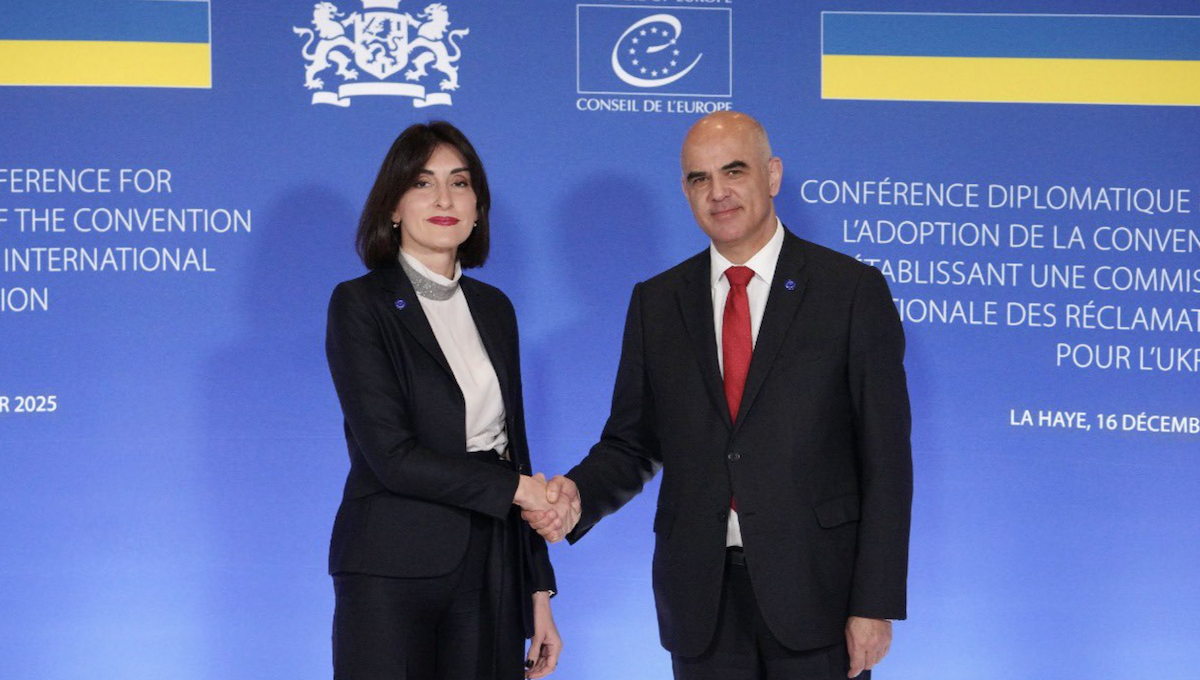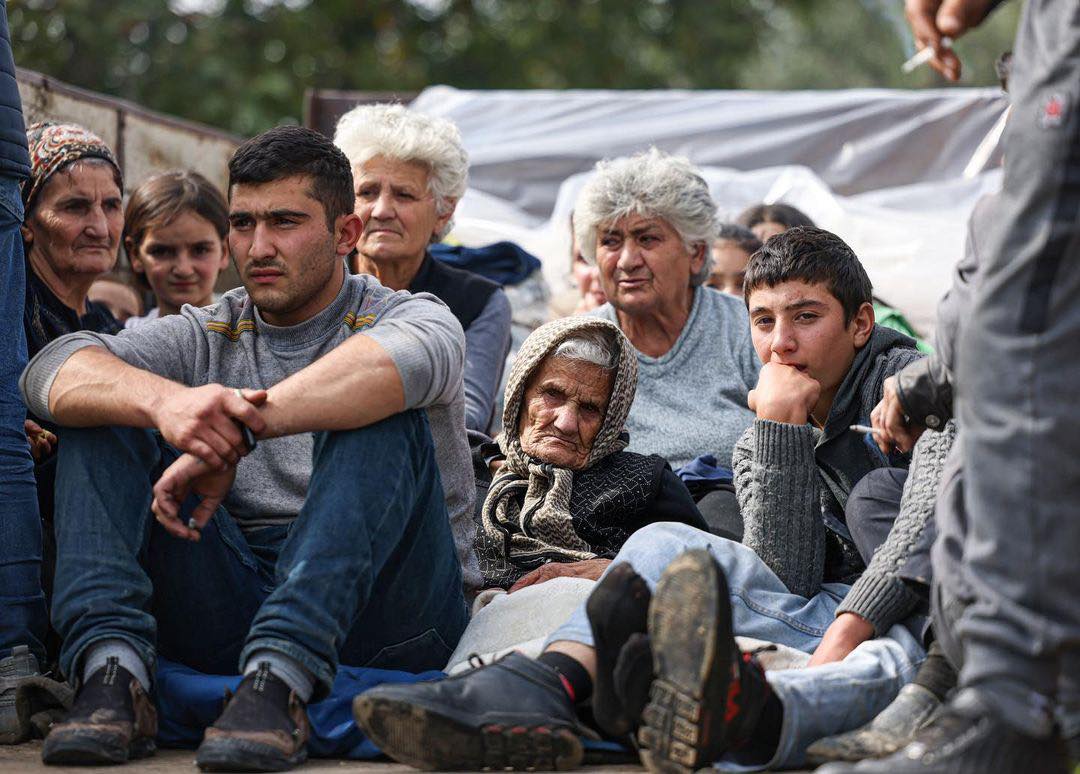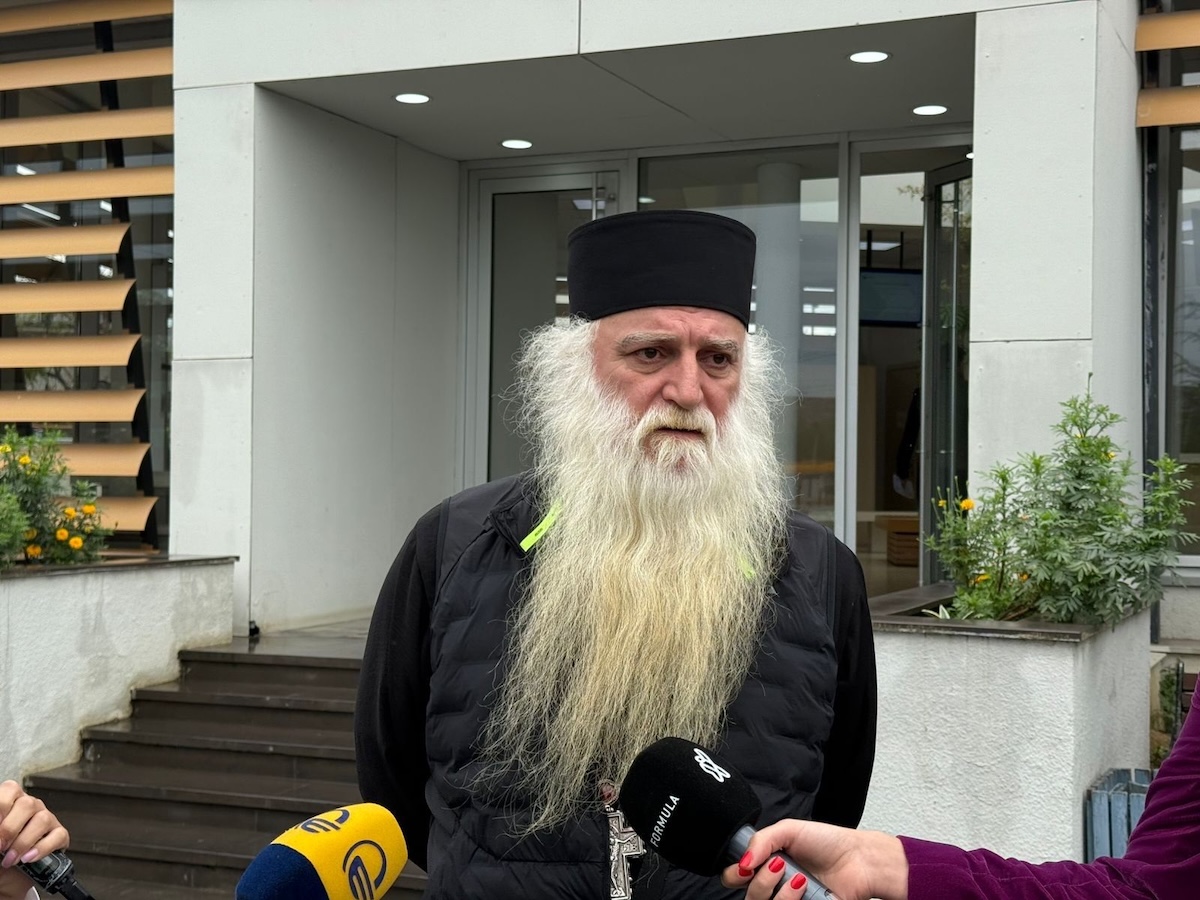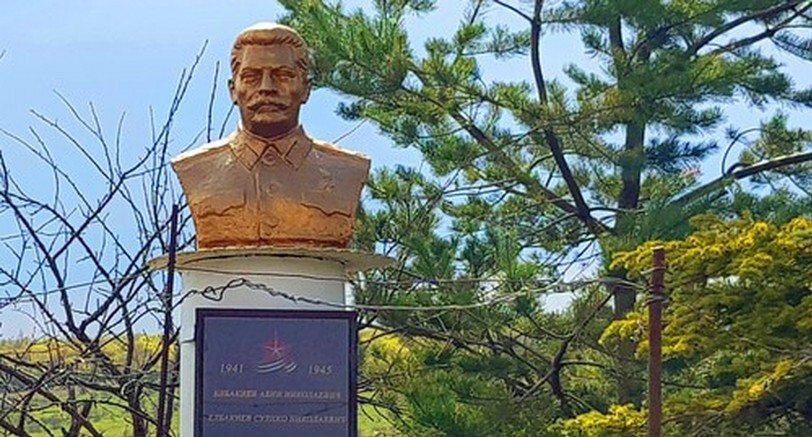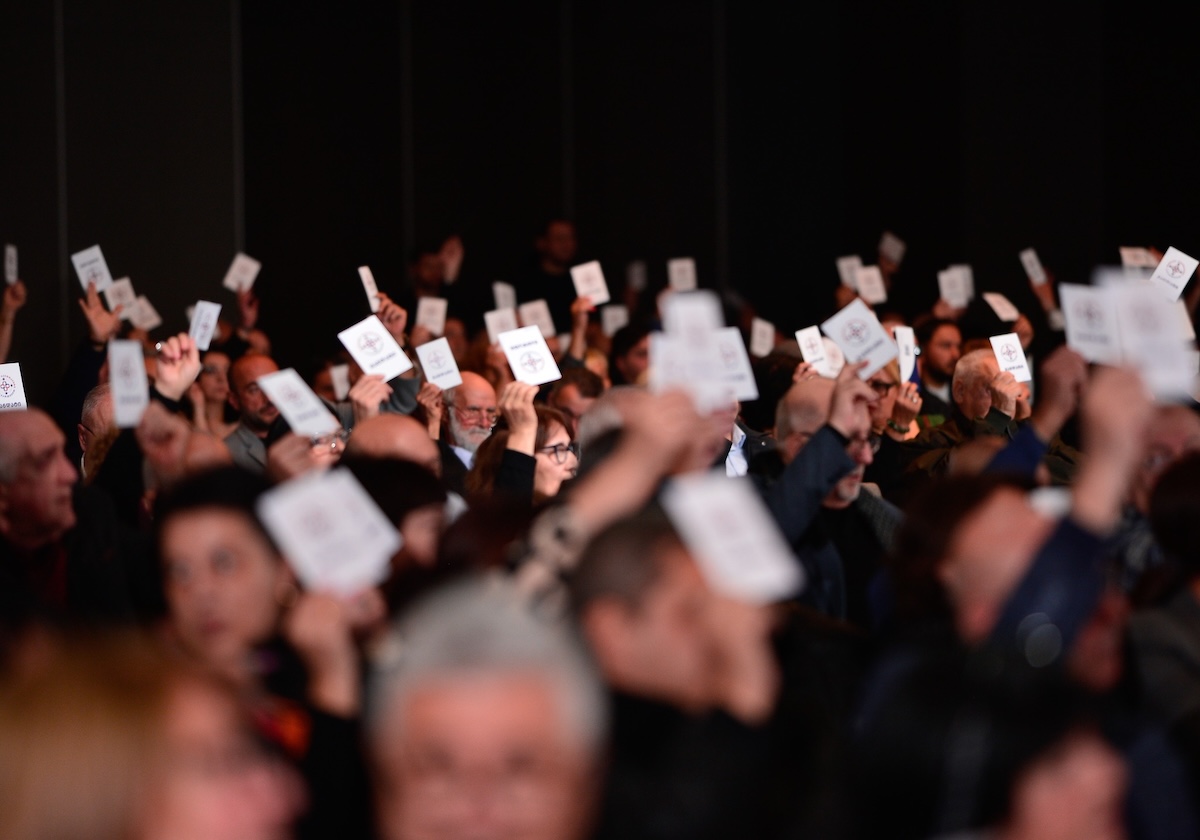Gagauzia - Moldova's pro-Russian autonomous region
This article was originally published in Russian by Ziarul de Gardă
Europe and Russia have been vying for influence in the autonomous region of Gagauzia in Moldova since the 1990s. Europe has invested more in the region and finances a number of essential projects: the reparation of nurseries and schools, laying water pipes and the introduction of alternative sources of energy.
The financial aid of Russia is more modest – several times over – and consists of more abstract, cultural and educational projects. And Russia keeps winning.
The Gagauz region is located in the south of Moldova, where more than 100 000 people live. This is about 2.8% of the population. Gagauzia received autonomy in 1994. Before this, the region was an entity similar to that of Transnistria for four years – practically independent from the central authorities of Moldova.
Despite a number of difficulties, the autonomy of the region continues to be considered an example of success of regulating inter-ethnic conflicts on the post-Soviet space.
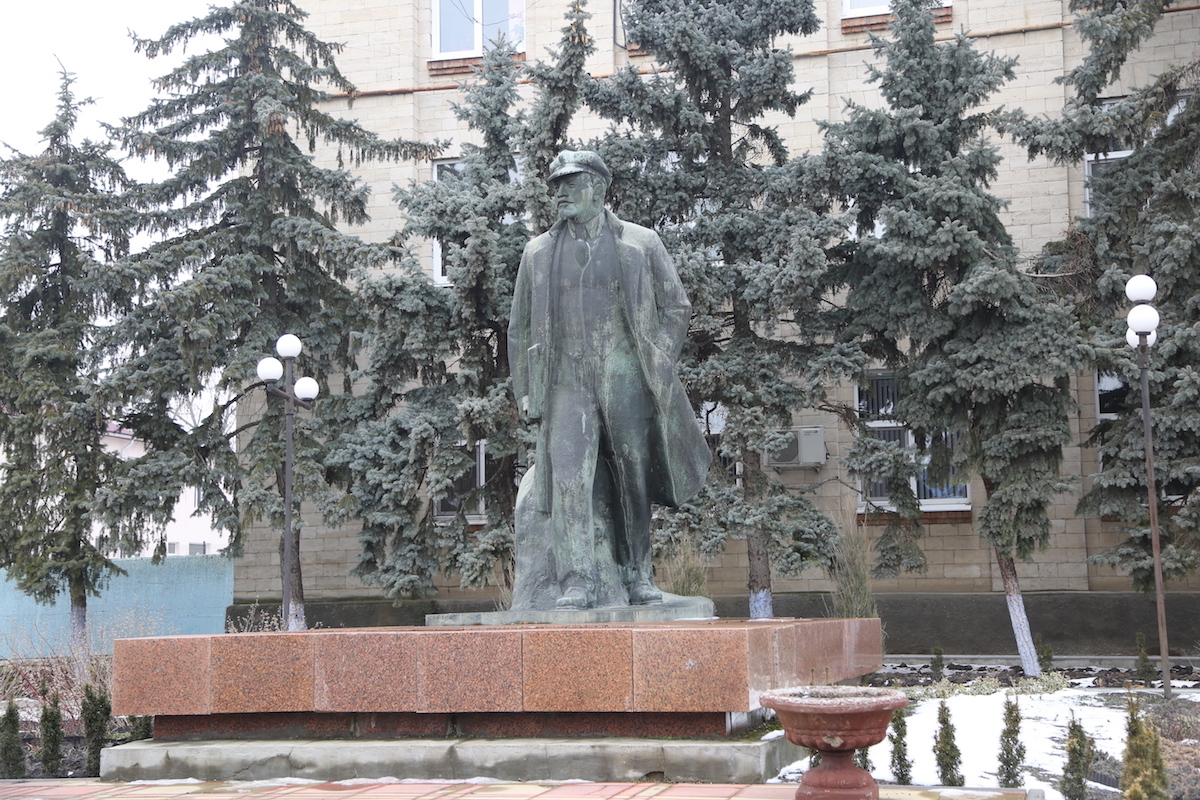
The Gagauz people have their own language, but not many people speak it. As with many other ethnic minorities in Moldova, Russian is often used. This fact is one of the reasons why the residents of this region have an affiliation and sympathy for Russia.
European projects in Gagauzia
According to the European Union delegation in Moldova, over the past two years the EU has allocated some 5.3 million Euros to Gagauzia in aid.
In order to understand what the money is being spent on, one can visit, for example, Avdarma village in the municipality of Comrat – the main city of the autonomous region and its capital. In Avdarma they installed heating in the local high school, repaired a nursery school and renovated the building with the needs of children with disabilities in mind.
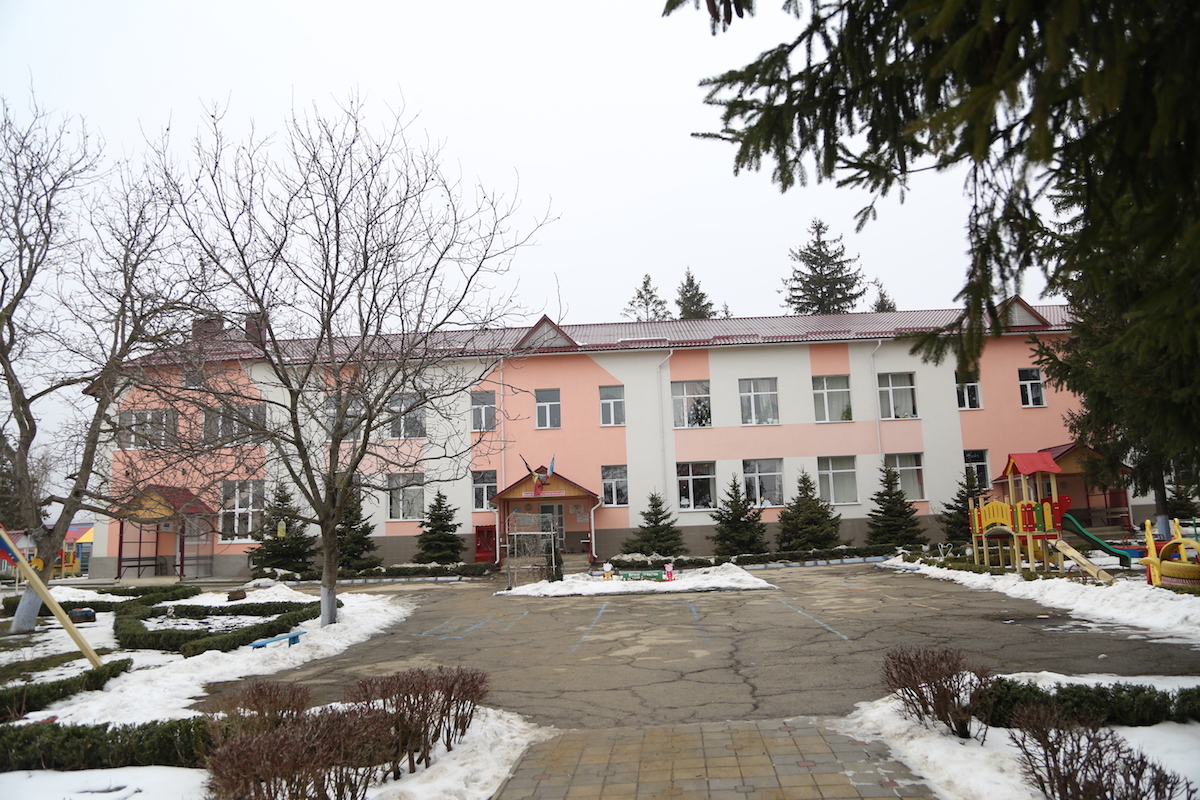
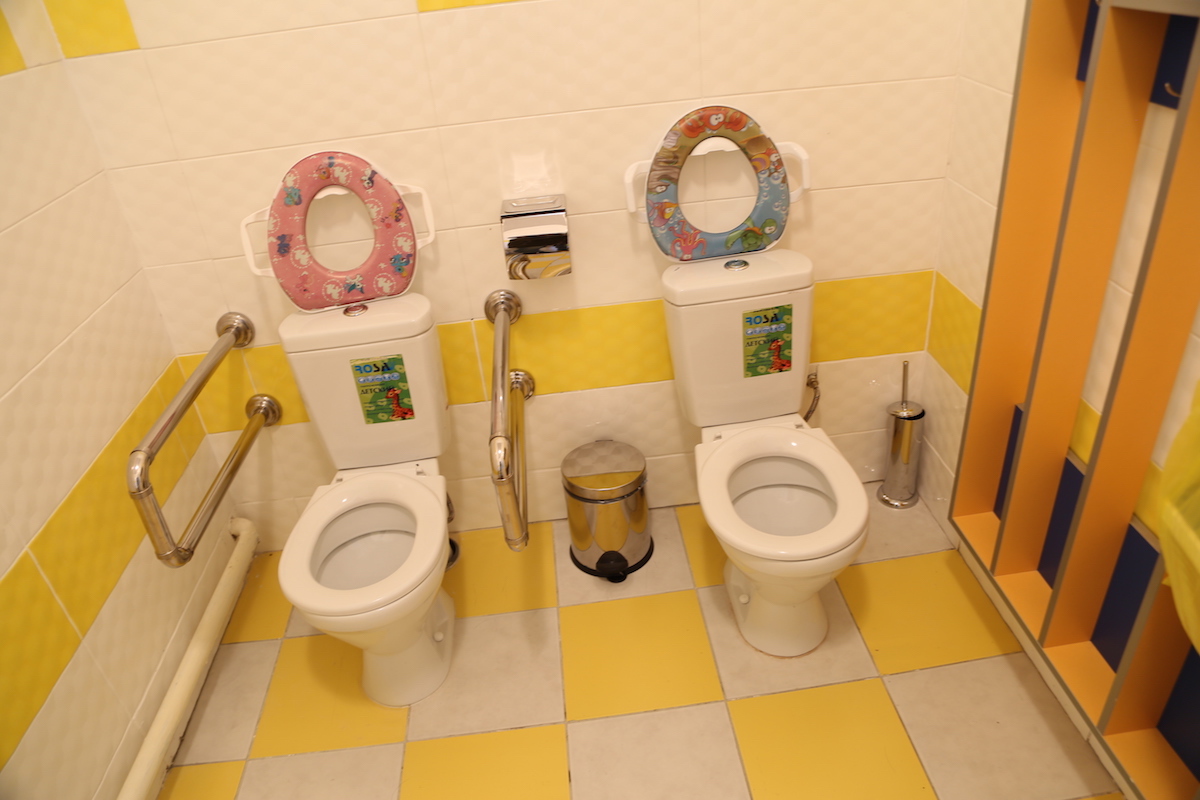
“Now we can save on heating – after the insulation project we’ll pay less for gas,” said Ivan Kasim, the head of the village administration.
In Budjak, another village in this municipality, the water supply system was given a complete overhaul.
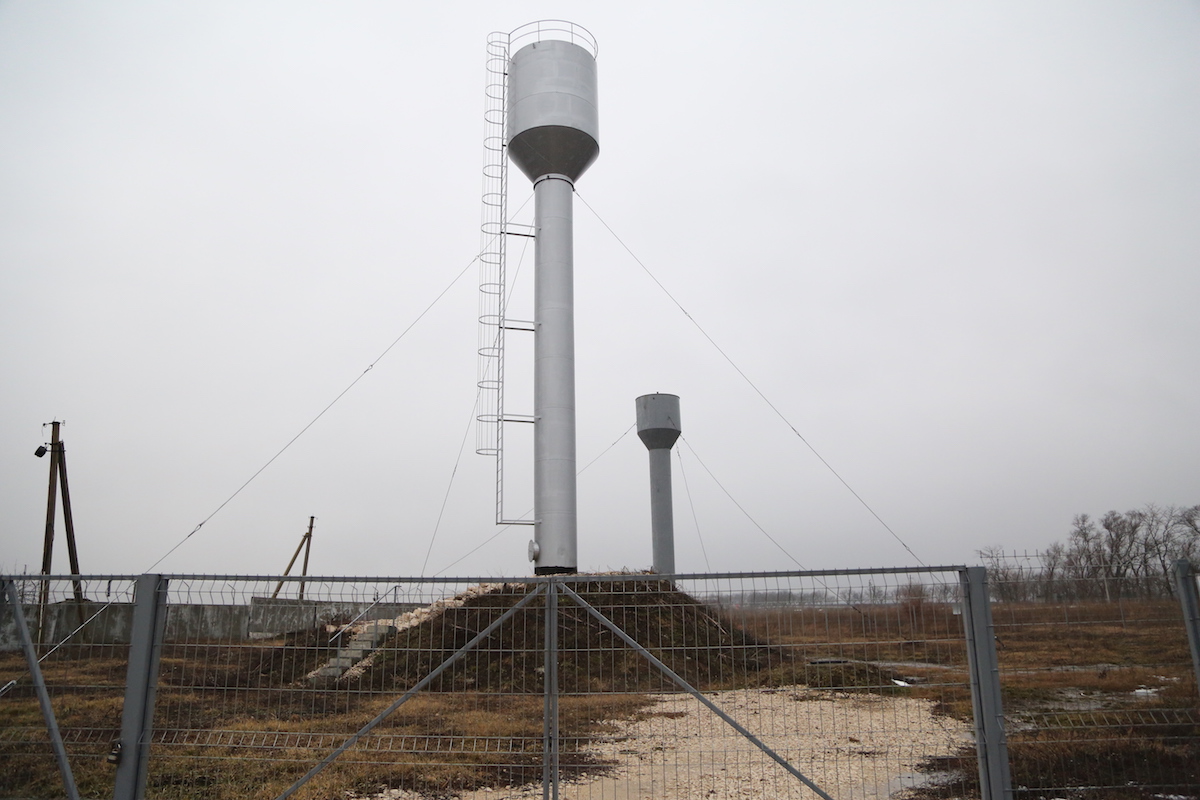
“They solved one of our really big problems – they changed out the old pipes with modern water pipes. Now everyone in the entire village has water,” said Nikolay Dudoglo, the head of Budjak administration.
European investments? Haven’t heard of any…
But it is only the local authorities that know just how these repairs and updates get financed and where the money comes from – the residents don’t think too much about it, and financial support is mainly from Russia.
“For me, personally, there is no gain in receiving aid from Russia, but I see Russia in a very positive light,” said Stisha Dmitrievna, a teacher in Avdarma’s primary school. “I don’t know how European aid is implemented here,” she admitted.
Mikhail Sirkeli, the chairman of the Piligrim-Demo youth centre in Comrat, believes that local residents would relate more positively to the EU if they understood that it is namely Europe that is improving their lives.
“Most of Gagauzia’s population doesn’t even know that the European Union is investing its own money – and not small change at that,” says Mikhail.
He says that local residents are badly integrated into the life of Moldova, that they don’t speak the state language, and for that reason the content of Moldovan mass media remains unknown to them.
What does Russia finance
Russian aid to Gagauzia was three times less than European aid in 2016. The region received 3.1 million euros from the EU while it received another 1.1 million euros from Russia.
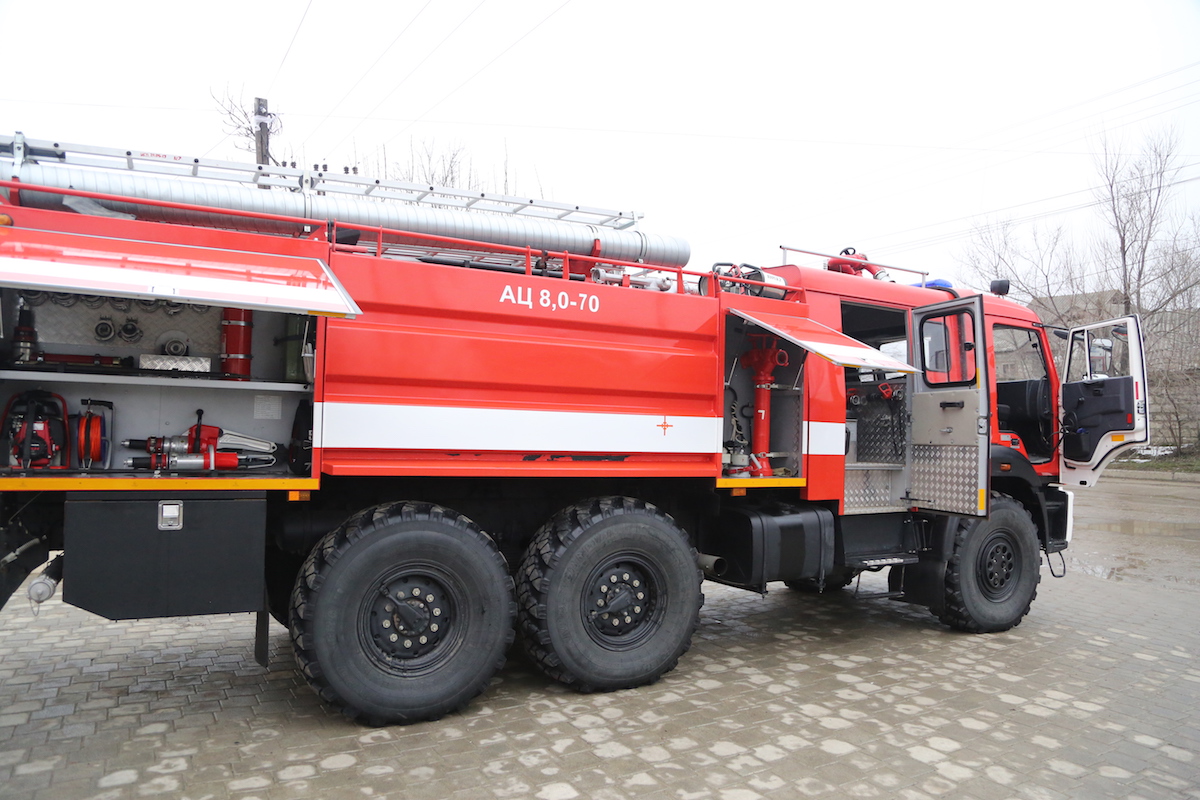
In 2016, Russia helped out with agricultural technology, ambulances and fire-fighting equipment. But the main financial aid was used to purchase books for school libraries and to provide stipends for students. Moreover, Gagauzia received a quota of free operations for ten people in Russian hospitals.
Open to talk, but…
In 2014, a referendum was held in Gagauzia to determine the foreign geopolitical position of not only the autonomous region but of all of Moldova. This referendum was timed for the summit held between Eastern Partnership countries in Vilnius, where Moldova initiated an agreement with the EU.
The referendum had no judicial power – Chisinau suspended the vote per special court order. However, an illegal referendum took place and was financed by ‘money gathered by the people of the region’. However, it is well-known that it was sponsored by Russian businessmen of Moldovan origin. Later, the authorities of the region announced that 98% of the Gagauz people had voted to join the Russian-led Customs Union.
“The people said that Moldova should be a part of the Customs Union. We are pragmatic, and we are cooperating with all countries, including with the EU,” said Vadim Cheban, the first vice-chairman of the Executive Committee of Comrat who commented on the geopolitical preferences of local residents.
“We are open for cooperation, but our people made their voices clear [about their preferences] in 2014.”
“The population of Gagauzia is almost 100% pro-Russian,” says Mikhail Shalva, the executive director of the Centre for Regional Initiatives of Gagauzia. He says that it is not only ordinary local residents but also politicians and officials that are pro-Russian.
“Many people here don’t trust ‘free’ aid. That’s why people need to have the opportunity to have a dialogue with representatives of the European authorities and partners in order to answer the question “How does Europe benefit from this?”











